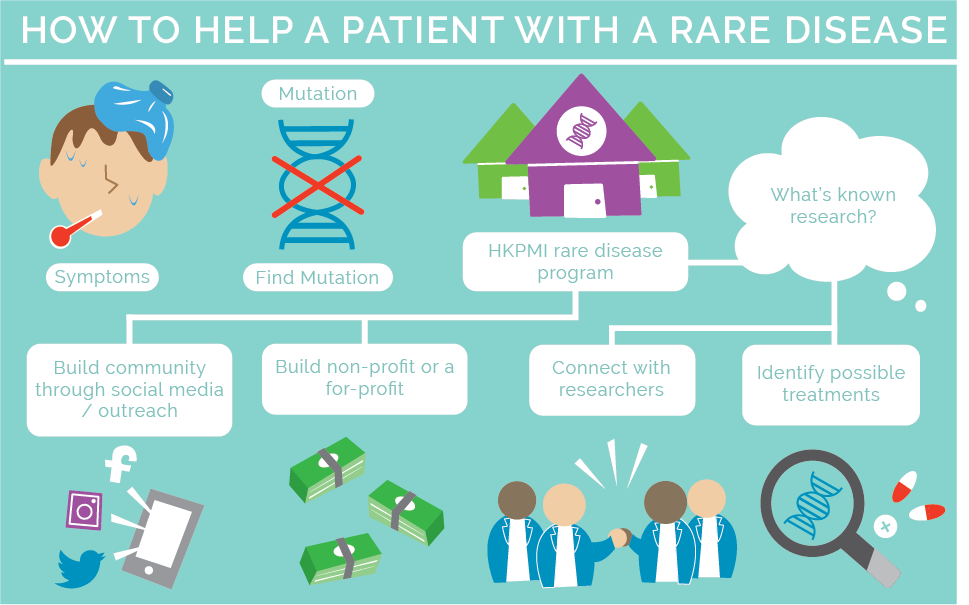-
Study to analyze the causes of low physical activity among older African-Americans
 Assistant professor Pamela Bowen, Ph.D., is the spearhead of the study. (Photo from UAB News)Tessa Case - News Editor
Assistant professor Pamela Bowen, Ph.D., is the spearhead of the study. (Photo from UAB News)Tessa Case - News Editor
news@insideuab.com
A new study led by UAB assistant professor Pamela Bowen, Ph.D., seeks to understand the reason behind the low level of physical activity amongst older African-Americans in hopes of alleviating it. -
Using genes to guide treatment
using genes to guide treatment
Art by Lakyn Shepard/Art Editor
Brian Spurlock
Science Reporter
bspurgbs@uab.eduThe typical difference between two humans is 0.6 percent of all of our DNA. Along with chance and our environment it is that 0.6 percent that decides everything which makes us unique.
That 0.6 percent can mean redheads are less responsive to anesthesia. Subtle DNA changes in a tumor can decide whether if a patient responds to chemotherapy. Some people’s 0.6 percent has given them a disease no one has ever seen before.
Enter precision medicine.
The Hugh Kaul Precision Medicine Institute (PMI) was founded in 2014 with a $7 million grant from the Hugh Kaul Foundation. Its goal is to identify treatments based on every individual’s need, reading it from their DNA.
Matthew Might, director of PMI, journey in precision medicine began when his son Bertrand became the first person in the world diagnosed with a rare genetic disease which caused him to start losing his vision, have seizuresand experience developmental delay.
Might has made his life’s work helping others with rare diseases find that same relief as his son.
“It…took a person like Matt to have done this journey as a driven parent, but to also have come from science and academia to sort of bridge the gap,” said Andy Crouse, director of Research and Operations at PMI.“What’s been great about this team with Matt is, it’s taking that next step. Not just saying what’s wrong, which is important, but how we can help after that.”
Word of mouth is crucial. Patients from all over the world hear about the Rare Diseases program and reach out to Might’s team.
“I had a case from Norway this summer,” said Jordan Barnham, Precision Medicine Specialist on Might’s team. “People just find us.”
From there they enter a “pipeline” to identify how the team can best help them.
Part of the team’s mission is to connect patients with mutations in the same gene or pathway with each other and with scientists who might be able to help.
Another part is poring over the research for everything that written about that gene or variant, said Lindsay Jenkins, Precision Medicine Specialist and senior in genetic and genomics sciences and neuroscience.
Jenkins and Barnham are part of a team of three undergraduate students who, along with an artificial intelligence developed by the institute’s computer scientists,search databases and Google for hints of a drug, treatment or pathway that might offer relief to patients.
“Our goal is to hopefully take a patient from when they first come to us to some kind of therapeutic or treatment within a year,” Barnham said.
“I think the trust that is put into us as undergraduates in this position is not something you’re going to find anywhere else,” said Jenkins. “We’re the ones who find a treatment for our patients and propose it in a meeting.”
One of the program’s aspirations, according to Barnham, is to be a major leading center in drug repurposing and therapeutics for undiagnosed diseases.
Specialists do not have a maximum case load, though Crouse said he admits that may have to change as they grow.
“This group loves doing this,” Crouse said. “It’s not like ‘I only dedicate my three hours.’ It’s something they think about all the time. If we gave them more, they would just do more.”
All three used the word “rewarding” when talking about their work. They get to see the difference they make in real people’s lives, and they come across as immensely grateful.
The institute also boasts branches for pharmacogenomics, which are interactions between the 0.6 percent, medicines used to treat a variety of diseases, and precision cancer research.
“We have several more patients starting or nearing treatment, and we've asked them to let us follow their stories,” Might said. “I'm hoping we'll have more shareable success stories in the next few months.”
In the meantime, the institute is actively encouraging people to reach out if they want to get involved or if they know patients who may benefit from one of these programs, Barnham said.


